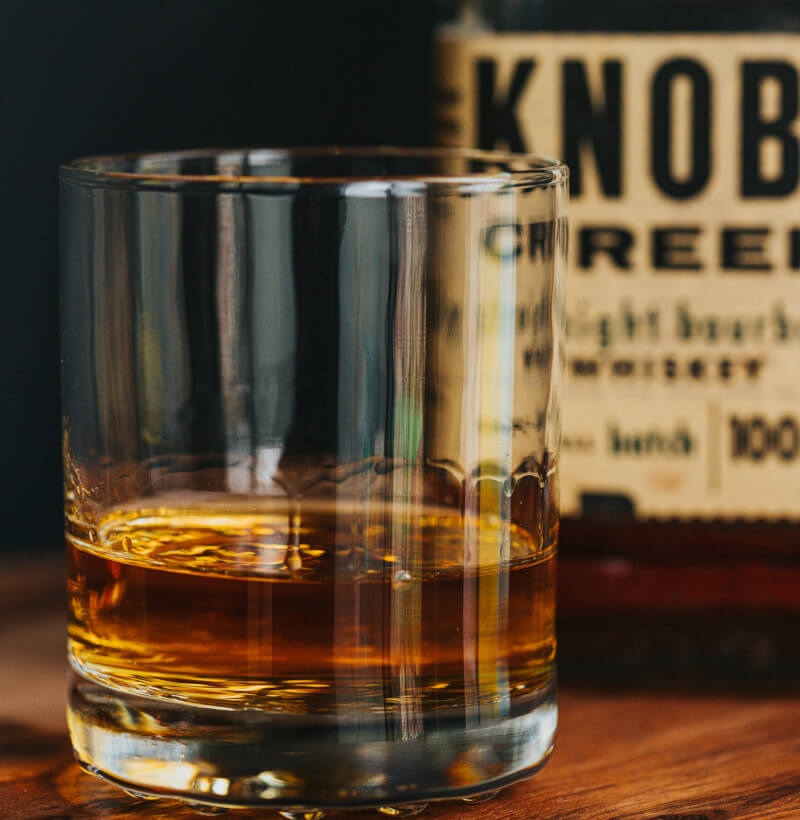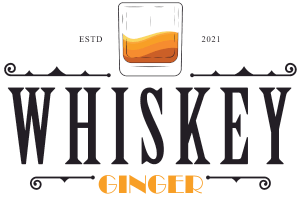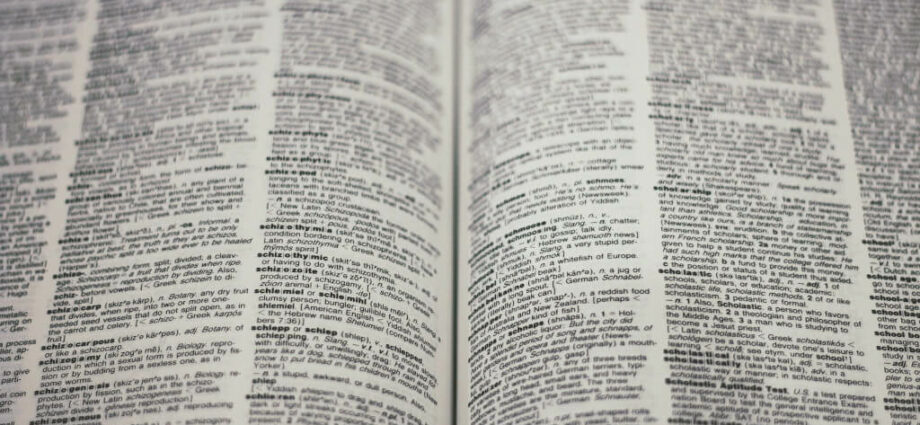Whisky, with its rich history and nuanced flavors, often comes cloaked in terminology that may befuddle new enthusiasts. When you’re standing in the liquor aisle, you might wonder about the meaning of phrases like “Old and Rare” or “Natural Color.” So, let’s help you become fluent in ‘whisky-speak,’ one term at a time.
When Old Isn’t That Old
The Assumption: When a whisky boasts of being “old and rare,” you might naturally assume it’s a vintage treasure, a relic from the past.
The Truth: A whisky merely needs to be three years old to earn the title “Scotch.” The tag “Old and Rare” might make you visualize an aged spirit resting for decades, but it could just be a three-year-old bottle with thousands of siblings. It’s akin to labeling an apartment as “cozy” when it’s just really small.
Is That Color For Real?
The Assumption: Whisky must naturally sport its amber hue, right?
The Reality: Not every golden pour is its true color. Some whiskies are given a tan with ‘spirit caramel’ or food coloring. If your bottle assures you of “natural color,” that’s a guarantee of no added shades. When you see this label, you know you’re getting the genuine, unaltered hue.
Deciphering the Special Labels
“Traditionally Made” and “Finest Oak Cask”: The whisky world is filled with tags meant to assure you of quality. But dig a little deeper, and you’ll find that these are standards for most good whiskies. A declaration that whisky was aged in oak casks is like someone saying they breathe air – it’s a given.
“Gluten-Free”: Guess what? Whisky is inherently gluten-free. So, the next time you’re opting for a “gluten-free” whisky, remember it’s just like any other in that respect.
The Chill in Chill-Filtering
The Assumption: Unfiltered must be the real deal.
The Reality: Whisky, straight from the barrel, can be a hazy potion, full of tiny particles that can make it look cloudy. To make it shelf-worthy, producers might chill the spirit and filter out those bits. The non-chill-filtered variants might carry more original flavors. So, the label “non-chill-filtered” offers a peek into the whisky’s production process.
Choosing the ‘Select’ Choice
The Assumption: Names like “Master Blender’s Selection” or “Distiller’s Cut” suggest a superior pick.
The Reality: These labels vary in meaning. While one distiller’s reserve might be an upscale version matured in a unique cask, another’s might be a basic variant. Such tags can be elusive and leave you pondering about their authenticity. After all, if everything’s selected, what’s truly special?
The Truth about ‘Limited Edition
The Assumption: A ‘Limited Edition’ tag might make you hurry to grab a bottle before stocks run out.
The Reality: The term ‘limited’ is relative. Some distilleries openly declare the number of bottles in a batch. Others are more discreet. A ‘limited edition’ could mean anything from a few hundred bottles to several thousand.
Mashbill
Might Make You Think: A fancy term related to the bill or cost?
The Real Scoop: Mashbill refers to the grain recipe used in producing the whisky. For instance, a bourbon mash bill must contain at least 51% corn. The rest could be a mix of barley, rye, or wheat. So, when you’re reading about a whisky’s mash bill, you’re getting insights into its grain composition.
Angel’s Share
Might Make You Think: A celestial ingredient?
The Real Scoop: As whisky ages in barrels, some of it evaporates. The amount that’s lost to evaporation is poetically termed the “Angel’s Share.” It’s what the heavens take for the pleasure of watching over your spirit as it matures.
Peat
Might Make You Think: A type of wheat or grain?
What it is: Peat is decomposed plant material that’s been compacted over thousands of years. It’s dug up, dried, and then burned to smoke barley during the malting process, imparting a smoky flavor to the whisky. When a whisky is described as “peaty,” it carries the essence of this smoky, earthy character.
Neat
Might Make You Think: A tidy whisky?
The Truth: When someone asks for their whisky “neat,” they’re requesting it is served straight from the bottle to the glass without ice, water, or mixers. It’s whisky in its purest form, allowing you to experience its unaltered taste and aroma.
Legs

Might Make You Think: A component of the bottle design?
The Real Scoop: After swirling your whisky in a glass, you’ll notice streaks running down the sides. These are termed “legs.” They can give you clues about the alcohol content and viscosity of the whisky. Thicker, slower legs might indicate a richer texture or higher alcohol content.
Whiskey terms like these will deepen your appreciation and understanding of what’s inside your glass. Remember, every term has a story, and understanding them adds layers to your whisky-tasting experience.
Whisky, like all things refined, has its lexicon. But as you learn more about malts and blends, remember to not just read labels, but understand them. Always be curious, and ask questions because in the world of whiskey language is a gateway.
As with any passion, deepening your knowledge hinges on understanding the nuances. The lexicon of whisky isn’t merely a set of fancy terms; it’s a reflection of the craft, history, and traditions behind every bottle. Each term you’ve uncovered offers a snapshot into the intricate processes and the hands that shaped your drink.
Deciphering these terms isn’t about gatekeeping or elitism; it’s about enriching one’s experience. When you can differentiate between ‘neat’ and ‘peat’ or understand the romance behind the “Angel’s Share,” you’re not just sipping a beverage—you’re partaking in a legacy. You’ll find that conversations at tastings become more engaging, and your observations more discerning.
Becoming a top whisky connoisseur doesn’t require a vast collection or an expensive palate. It’s about the thirst for knowledge and the joy of discovery. By immersing yourself in the language of whisky, you’re laying a robust foundation for a lifelong passion. As you continue, remember: it’s not about the destination, but the flavors, stories, and connections you’ll make along the way.

